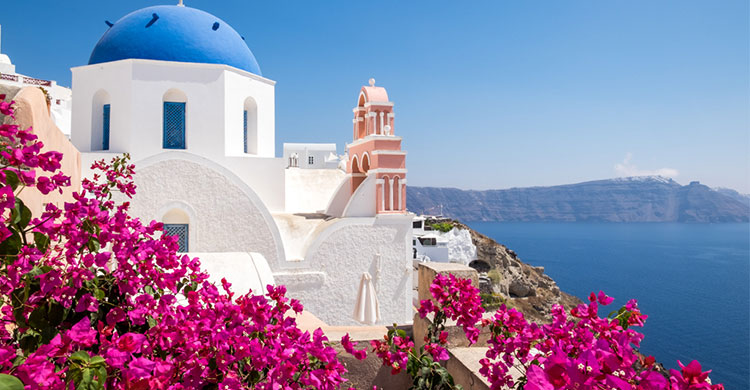The gorgeous island, well-known for its breathtaking views and sunsets, has come to represent the negative impacts of mass tourism. This choice indicates a larger pattern in Europe, where central tourist locations are turning away more and more tourists.
Over the past decade, the number of visitors to Santorini, a gem in the Aegean Sea, has skyrocketed. With a permanent population of just 20,000, the island was jolted by the arrival of 3.4 million visitors in 2023 alone. This sudden surge has transformed the once tranquil island into a bustling hub, presenting grave challenges for the local administration and the populace.
Numerous problems have arisen as a result of Santorini’s overpopulation. The island’s infrastructure is severely strained because it was never intended to accommodate so many people. Long lines at popular sites, congested parking lots, and traffic congestion are now typical occurrences. The increase in visitors has also resulted in higher rents and a surge in the number of property owners turning their houses into holiday rentals, further compressing the local housing market.
Mayor Nikos Zorzos has advocated strongly for quickly implementing a tourist cap. He declared, “The current situation is unsustainable. Our inhabitants’ quality of life is fast declining, and our infrastructure is antiquated. We have to strike a compromise so that we can both welcome tourists and safeguard our island.”
The move by Santorini in Greece follows a similar trend in other European destinations, such as Venice and Barcelona, which have also implemented measures to manage tourist crowds. The growing recognition of the negative impacts of over tourism has prompted many famous tourist spots to rethink their approach to tourism and prioritise sustainability and the quality of visitor experiences.
While some may argue that the restrictions will harm the local economy, proponents of the measures contend that it is necessary to protect the long-term viability of the destination. By limiting visitor numbers, authorities hope to create a more sustainable and enjoyable experience for both tourists and residents. These regulations are part of a larger initiative to control the influx of tourists better and guarantee that locations like Santorini retain their natural beauty and cultural legacy.
Other popular tourist destinations should take note of Santorini’s experience as it navigates this treacherous route. The island’s struggle serves as a reminder of the fine line that must be drawn between promoting tourism for its financial advantages and preserving the environment and locals’ standard of living. Santorini’s actions in the upcoming months may serve as a model for other places with comparable problems.












